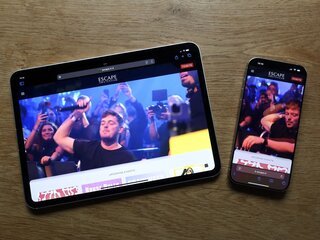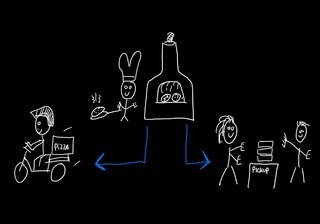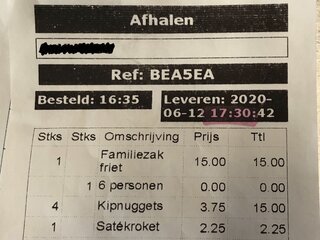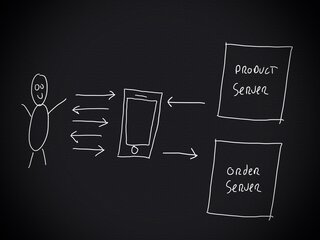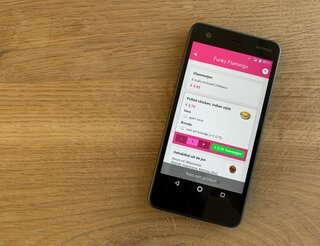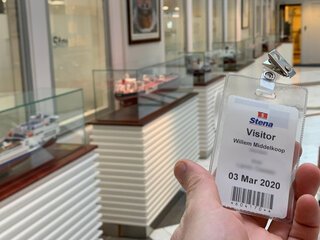Case Studies
My "Company of One" approach is built on a simple philosophy: building things that are simple, strong, and timeless. Here are a few examples of that philosophy in practice.
Principle: Strength & Performance
The Challenge: A major brand needed a website that was not only beautiful but also incredibly fast and reliable, capable of handling huge amounts of traffic without breaking a sweat.
The Result: We built what I call a "Champions League" website, focusing on high-performance engineering from the ground up. The full story details the technical choices we made to deliver a world-class experience.
Principle: Simplicity & Scalability
The Challenge: Ordering food online is often a complex and frustrating process. The goal was to design a system for restaurants that was simple for customers to use, easy for owners to manage, and smart enough to handle the chaos of peak dinner hours.
The Result: By designing a scalable application and a thoughtful user interface, I created a frictionless food ordering experience. The posts below dive into the architecture and design thinking behind it.
Principle: Timeless Architecture
The Challenge: A large international company needed to decide on the foundational structure for their software. The choice would impact their business for the next decade: should they build one giant system, or many small ones that talk to each other?
The Result: My role was to act as a strategic guide. We carefully mapped out the pros and cons of each approach, cutting through the hype to find the right answer for their specific needs. This process of clear thinking allowed them to confidently make the best long-term decision for their business.
Think your project could be the next case study? Let's talk about building something great together.
